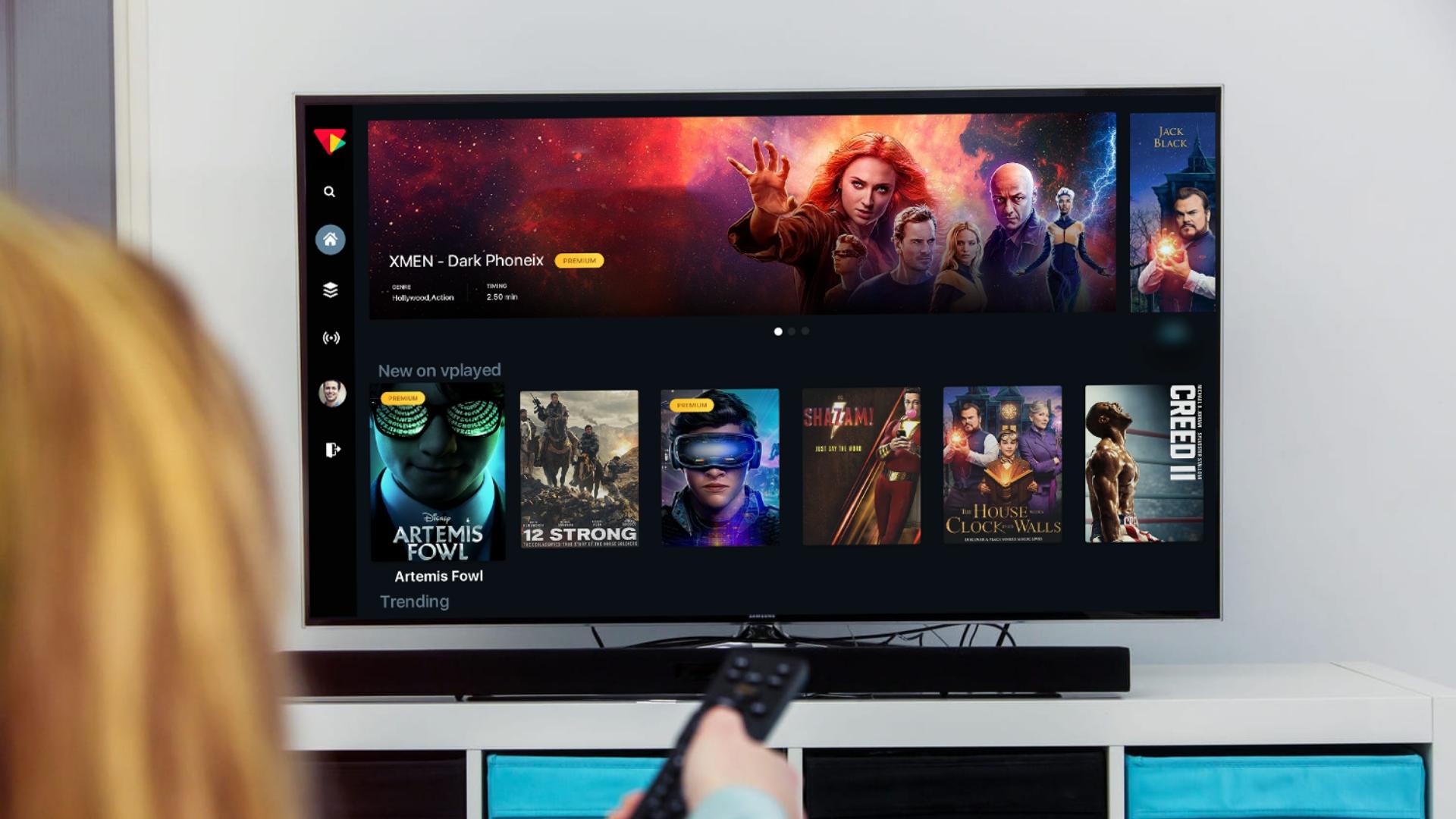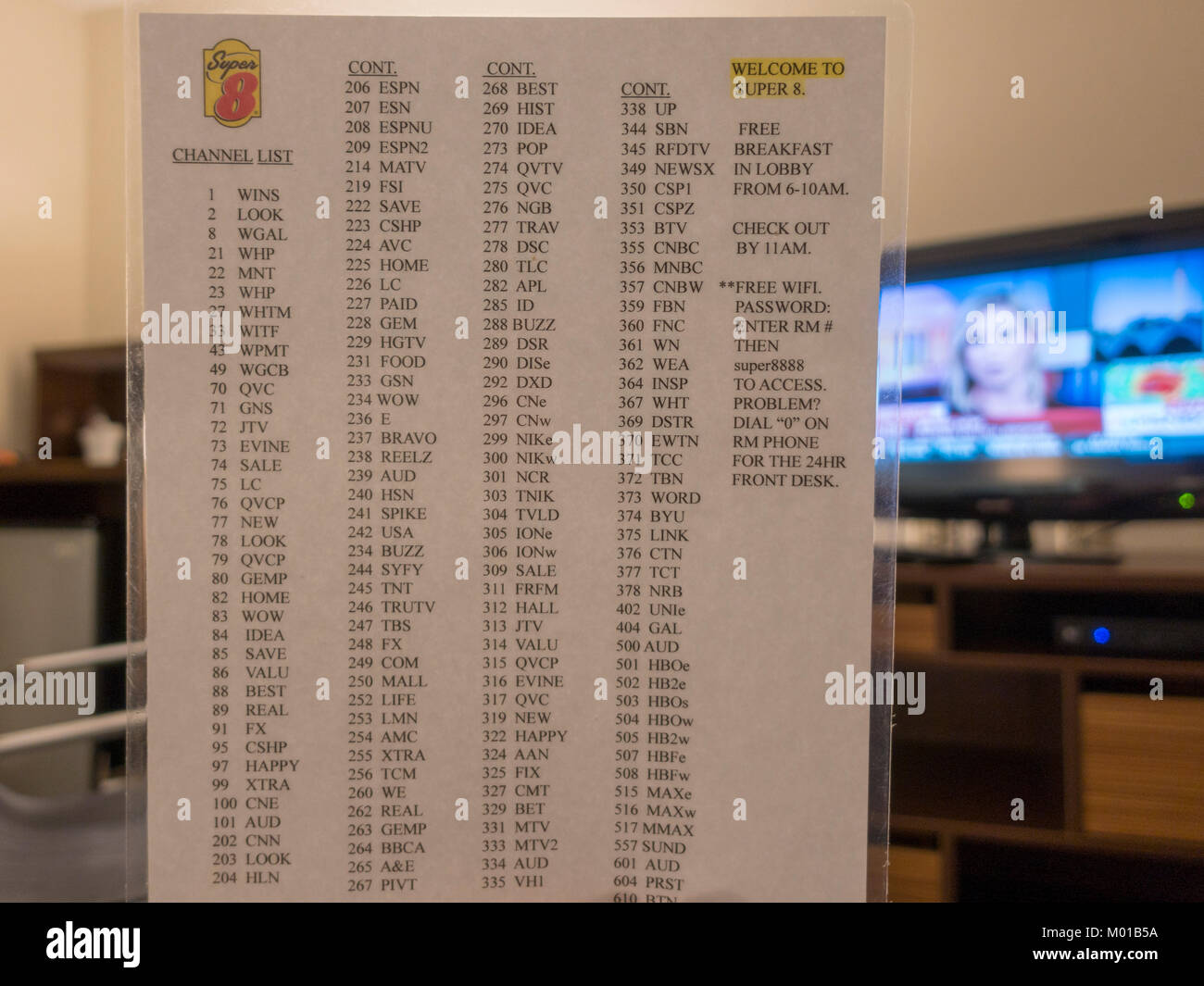Apollo Group Tv Fundamentals Explained
Apollo Group Tv Fundamentals Explained
Blog Article
How Apollo Group Tv can Save You Time, Stress, and Money.
Table of ContentsThe smart Trick of Apollo Group Tv That Nobody is DiscussingSome Ideas on Apollo Group Tv You Need To KnowApollo Group Tv for DummiesTop Guidelines Of Apollo Group Tv
In this situation, instead than having three-minute business spots during a 30-minute television program, television programs might change to one where a customer will be called for to have a month-to-month registration, so that they cen sight targeted banner advertisements. This kind of advertising and marketing currently happens on the net, and the quantity of data television firms accumulate allows them to do much the same.Explain the significant trends amongst the broadcasting and wire networks. Popular radio shows such as police dramatization Dragnet and western cowboy series Gunsmoke were adjusted for tv, and new Television programs were sponsored by single marketers, simply as radio shows had actually been.
Today, the tv sector is much more intricate. Programs are sponsored by numerous marketers; shows is managed by significant media corporations; and the three significant networks no longer dominate the airwaves but rather share their audiences with numerous cable television channels. Several variables represent these trends within the sector, including technological growths, federal government laws, and the development of brand-new networks.

Little Known Questions About Apollo Group Tv.
Also public television has actually come to be subject to the impact of advertising. Developed in 1969, (PBS) established out of a record by the Carnegie Compensation on Educational Tv, which took a look at the function of academic, noncommercial tv on culture. The record advised that the government financing public tv in order to supply variety of programming throughout the network eraa service created "not to offer products" yet to "boost citizenship and civil service (McCauley, 2003)." Public tv was likewise planned to supply universal accessibility to television for viewers in country areas or visitors who can not manage to pay for exclusive television solutions.
The period between 1950 and 1970 is historically identified as the. Besides a little portion of airtime managed by public tv, the three major networks (recognized as the Big 3) controlled the television industry, collectively accounting for greater than 95 percent of prime-time viewing. In 1986, Rupert Murdoch, the head of multinational firm News Corp, released the Fox network, challenging the dominance of the Big Three.
Targeting young and minority audiences with programs such as Buffy the Vampire Slayer, Moesha, Dawson's Creek, and The Wayans Bros., the new networks wished to attract terminals away from their old network associations. Rather than repeating the success of Fox, UPN and WB had a hard time to make an impact. Unable to attract lots of affiliate terminals, the two fledgling networks reached less houses than their larger opponents due to the fact that they were impossible in some smaller sized cities.
This choice led the means for the advancement of cable motion picture channels, contributing to the rapid development of cable in the 1980s and 1990s. apollo tv. Additional deregulation of cable television in the 1984 Cord Communications Policy Act removed restrictions on cord rates, making it possible for drivers to bill what they wanted for cable television services as long as there was efficient competition to the solution (a requirement that over 90 percent of all cord markets might fulfill)
The Greatest Guide To Apollo Group Tv

Having created the first "superstation," Turner expanded his world by starting 24-hour information network CNN in 1980. At the end of the year, 28 nationwide programming services were readily available, and the cable television revolution had actually begun. Over the following decade, the market underwent a period of rapid development and popularity, and by 1994 audiences might pick from 94 fundamental and 20 costs cable services.
Figure 9 - https://businesslistingplus.com/profile/apollogtv01/.16 Boosted competitors from wire networks has actually caused a stable decrease in the networks' audience scores. During the 1950s, the expense of generating a single tv program boosted as programs became longer and production costs soared. Sponsorship on network television shifted from single sponsorship, in which a program was entirely supported and generated by one marketer, to several sponsorship, in which advertisers bought 1- or 2-minute spots on the program
Each response must be a minimum of one paragraph. Select one of the Big Four networks and print out its once a week programming timetable. Watch the network's prime-time programs over the program of a week, keeping in mind the target market for each and every program. Observe the advertising sponsors that sustain each program and compare exactly how the items and services fit with the intended audience.
Apollo Group Tv Can Be Fun For Anyone

Straight TV, often referred to as conventional broadcast TV, incorporates cord and satellite television. It's called "linear" because content follows an established programs routine, unlike on-demand material which the individual visitor chooses to enjoy based upon their very own preferences and schedule. When you ask, "What is linear TV?", assume of it as the classic means of viewing TV that has actually been around for years.
Report this page